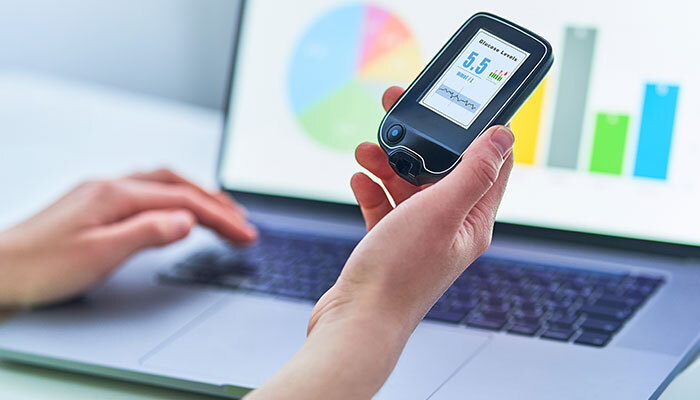Considering the vast challenges associated with confronting a global health crisis, it’s no surprise that every year brings new advancements to the way healthcare is delivered across the world. Remote patient monitoring is one of the more significant advancements (RPM).
Although RPM has been around since early 1970s, it was thrust into the forefront during the epidemic and gaining popularity. That comes as no surprise considering the widespread benefits of remote patient monitoring.
In a nutshell, by using remote patient monitoring devices, practitioners can closely monitor a patient’s chronic health conditions without requiring the patient to be physically available.
To provide RPM, doctors select one or more devices that their qualified patients can use outside of the office to collect health data and securely transmit it back to the practice for review.
Benefits of Remote Patient Monitoring
Enhanced Clinical Decision Making

Providers appreciate remote patient monitoring because it improves their clinical insight into patients’ conditions in between office visits and gives them tools to influence proactive care delivery.
RPM allows practitioner to evaluate how patients symptoms vary over time, allowing them to see trends & adjust patient’s care needed.
Self-care Management

Patients with a variety of chronic comorbidities, mental & behavioral health, post-surgical recovery, maternal and child needs, malignant neoplasms, and other conditions benefit from remote patient monitoring.
RPM provides them with readily available, condition-specific, and easy-to-use tools to manage their condition.
Better Patient Engagement

Remote patient monitoring is an excellent patient engagement method because it gives patients tools to help them understand their health.
Patients are more likely to have positive health outcomes when they understand their disease, treatment plan, & role in improving health. Easy access to health education resources encourages them to participate even more.
Optimize Clinical Operation

Clinicians profit from RPM because it allows them to prioritize care delivery by allowing them to triage each patient and case based on near-real-time patient status. Many RPM technologies may connect to a provider’s EMR, decreasing the need for duplicate paperwork.
RPM can assist minimize the stress of over-scheduled in-person visits by allowing physicians to provide some of that treatment online in the face of acute staffing shortages. It uses a team-based care strategy that allows providers to be more flexible.
Reduction in Care Cost

RPM reduces short-term visits and hospitalizations, resulting in cheaper healthcare spending. RPM can also save money in the long run by lowering the expenses of evaluations, testing, and processes.
In many parts of the United States, primary care doctors are in short supply. RPM enables clinicians to better reach their patients, gather health data, provide medical management, and achieve the satisfaction that the patient is being looked after while the practitioner fulfills their goals.
There are certain monetary rewards for attaining those targets. As a result, the patient is pleased, the provider is pleased that the patient is pleased and the additional financial incentives,”
Improved Access to Care

Patients can receive care wherever they are, whenever they need it, thanks to remote patient monitoring.
It can be used to reach out patients in rural locations & connect them with specialists who would otherwise be unavailable. It’s also an excellent technique to avoid scheduling conflicts.
Conclusion
To reap the benefits of remote patient monitoring, a deployment approach that prioritizes security and scalability is required. Malicious attacks targeting telehealth platforms are on the rise, therefore securing connected health equipment should be top of mind.
A partner who knows the complexities of connected health for remote patient monitoring can assist in simplifying the process. TalkToMedic provides full-suite healthcare solutions, allowing you to expand and manage your medical facility with ease.

